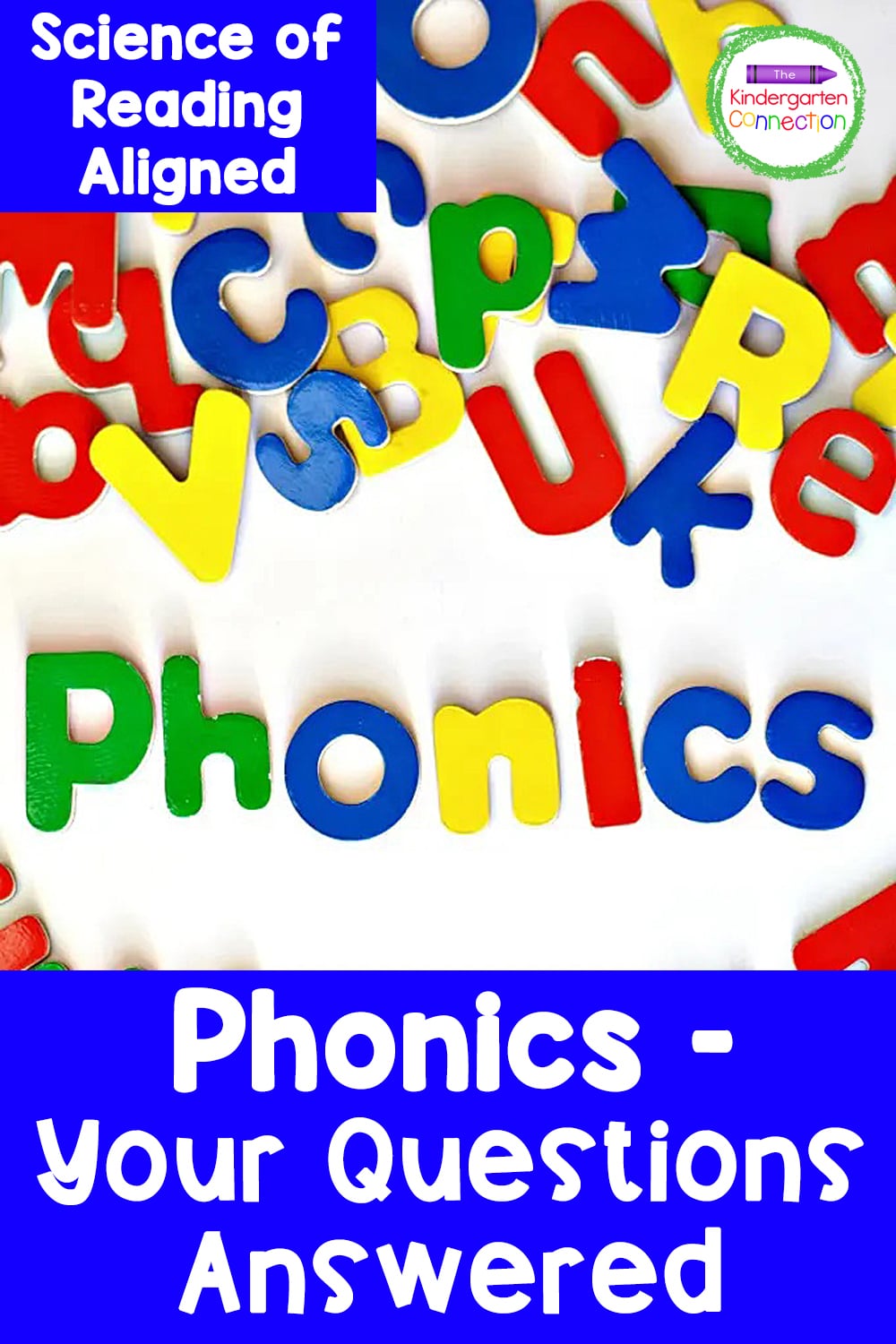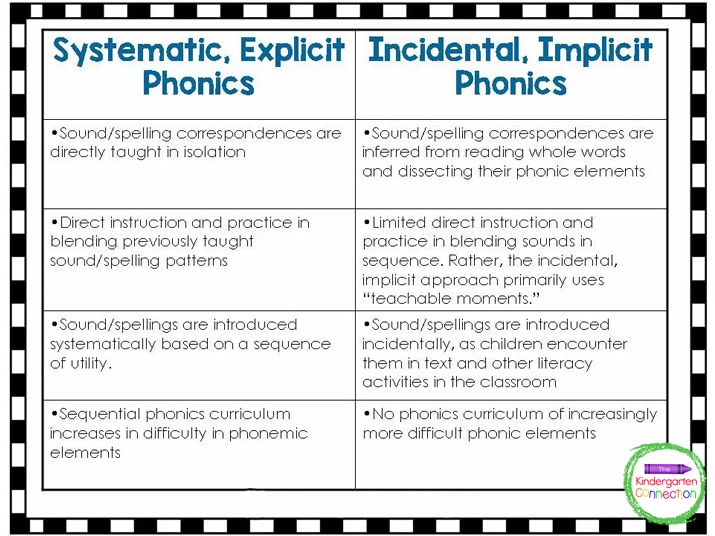Reading is such a complex process that an estimated 10 million children struggle with learning to read. The good news is that most of these children, given the proper instruction under the five components of reading, will progress out and become strong and avid readers. One component, proven to have a positive impact on reading success, is explicit phonics instruction. I’m here today to answer some important questions when it comes to teaching phonics.
*Pair with our Phonics Poems for Early Readers Bundle!

Teaching reading is a big task. Big enough that a comprehensive approach needs to be taken, which is why research identifies that reading instruction should include five components:
Exclude one of those components and children may suffer in their reading skills and experience unnecessary difficulty in learning to read.
Phonemic awareness is the first step to effective reading instruction. You can read all about phonemic awareness in our first post of this series. Today I will answer your questions about phonics. Following this, in the next few months, will be more posts about the five components of reading and how teachers can be sure to include each within their reading instruction.
Phonics is the relationship between sounds (phonemes) and the letter combinations (graphemes) that represent those sounds. In phonics-based instruction, the goal is to teach children to read and write the most common sound-spelling relationships so that they can easily blend and segment words until those words become part of their sight vocabulary. This is a crucial step in the reading process.
Phonics is NOT phonemic awareness.
To become skilled readers, children need to have a strong base in phonics. Research shows that good readers do not skim and sample text, but rather attend to every letter. They process the letters in detail, although doing so very rapidly. This ability to rapidly sound out words leads to rapid recognition of words, allowing the brain more freedom to focus on constructing meaning from the text.
This makes sense. The less the brain has to work on decoding words, on sounding them out, the more mental energy it can devote to making meaning from the text, which is the overall purpose of reading.
Studies of phonics and spelling development show that high school students who excel at reading have a strong foundation in phonics and were taught to effectively sound out words at the beginning of their reading instruction in elementary school. This tells us that early phonics exposure and instruction in the primary grades have a longitudinal impact on reading success.
Take a look at some numbers and facts:
That’s a lot of pressure when learning to read.
There are two approaches to teaching phonics. Systematic, explicit instruction or incidental, implicit phonics instruction.

Just like teaching reading in kindergarten and above consists of five important pillars of instruction, preschool literacy is also guided by its own four components. Check out these articles for more information about how to teach literacy in an early childhood classroom:
***As we continue to learn about the Science of Reading, we want to be up-to-date so that our articles are research-based. This post has recently been updated to be Science of Reading aligned.***
Guest post by Sarah from Stay at Home Educator
Your planning will be so much easier with instant access to:
Be sure to request an invitation so that you don’t miss your chance to be part of the best early childhood club around!

4 Responses
Hi Sarah,
Sorry for the late response. Only saw yr reply a year late!! Thanks for the clarification! I have another question. The name Esther is spelt phonetically in British dictionaries as \ˈɛstə\ and American dictionaries as \ˈe-stər\ . What is the difference between both sounds (ɛ and e)? Can I use the name Esther to represent the short e vowel? Thank you. Will be watching out for yr reply this time!
One more thing, I use British phonics. Thanks.
Petra
Hi Sarah,
I have a question to ask you. It is often mentioned that the consonants l, f, z, and s are often doubled at the end of 1 syllable words. Does this rule apply to the letter “t” too? I find it doubled in words like mitt, butt, putt, and watt. My reasoning is that this rule applies to the letter t but happens more often in words ending with f, l, s, and z. Am I right in saying that?
Hi Petra!
Rules of spelling are so tricky, aren’t they? I feel like they are super hard to teach because in English we just simply don’t follow the rules we make all the time it seems! : ) As for the letter t being doubled in 1 syllable words, that may occur sometimes, but many times not, like with cat, hit, pot, net, etc. Whereas with l, f, z, and s, it is far more the norm. Hope that helps!